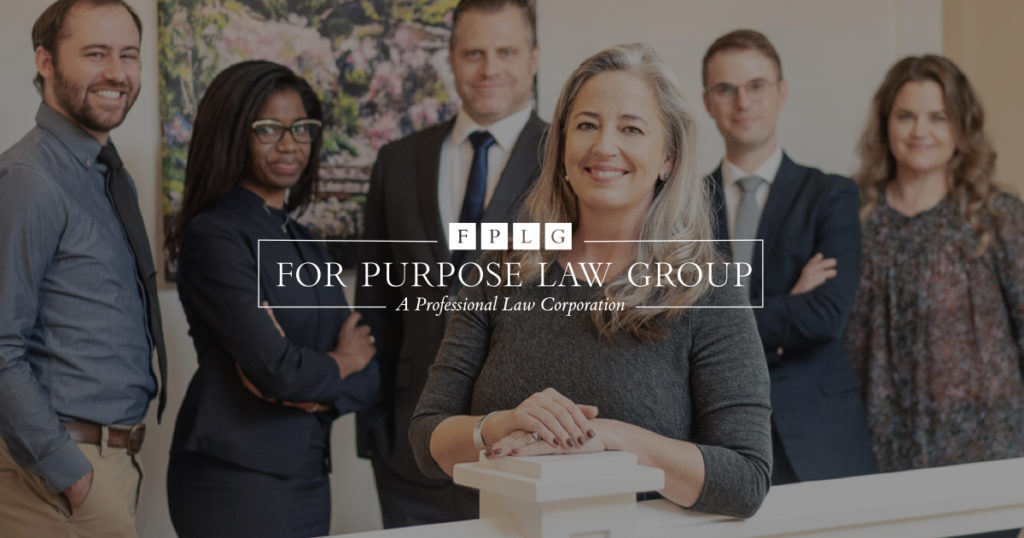
Final CA Crowdfunding Regulations - At Last!
04.11.2024 | Linda J. Rosenthal, JD

It hasn’t exactly been smooth sailing recently for the IRS and its Exempt Organizations Division. What with Congressional subpoenas, lost emails, and gloomy tea parties, these federal charity regulators have been taking hits on several fronts.
That may be one of the reasons why the beleaguered agency made the decision to go ahead with a flawed and imperfect plan to address the problem of huge delays in approval time for the coveted 501(c)(3) exempt status.
Responding to howls of protest by start up nonprofits and their professional advisers, the Commissioner of Internal Revenue announced a dramatic solution: drastically reduce the size and complexity of the application for tax exemption for many new organizations, and base approval on an organization’s own conclusions and attestations that it meets meets all of the legal requirements under Section 501(c)(3) of the Internal Revenue Code.
Critical comments to the draft Form 1023EZ came from a broad range of the affected and interested constituencies: nonprofit groups, regulators, lawyers and accountants, and philanthropy advisers and experts. They raise valid policy concerns about this alternative procedure.
But for an organization about to file a tax exemption application, the only real question is whether it’s a good idea for that particular group.
Should a New Nonprofit Choose the Form 1023EZ?
At first blush, it would seem a no-brainer for most of the large crop of nonprofits about to file for tax-exempt status to take the quicker, simpler route.
After all, the Form 1023EZ is much easier to complete and submit – it can only be sent online. The user fee for many of these groups will be half the cost of the regular charge assessed for most organizations. The biggest benefit, of course, is that the wait-time for approval will drop to about 2 – 4 weeks.
Who wouldn’t want to take advantage of a great deal like that?
For some applicants, there’s no choice: the Form 1023-EZ is only available to organizations whose usual gross receipts are expected to be $50,000 or less annually.
That’s an important safeguard built into this alternative procedure: Many organizations who shouldn’t use it are screened out automatically (if they follow the rules). The three main reasons we discuss here why an applicant should pause and seriously consider sticking with the standard Form 1023 are more likely to apply to larger organizations with bigger budgets and more complex proposed operations.
But even for smaller, simpler start ups, the decision should be made only after careful consideration and professional advice.
1. The Biggest Uncertainty: How will Grantors and Donors React?
Under the standard application procedure, the organization submits a certified copy of its articles of incorporation, and includes actual or proposed bylaws and other documents like conflict-of-interest policies.
It also has to submit – via the long, complex Form 1023 – detailed information about its proposed and actual exempt purposes, activities, and operation. There may be requests for additional information and explanations, after which the IRS makes a considered decision on whether or not to approve the request for Section 501(c)(3) status.
On the other hand, the Form 1023-EZ has been fairly characterized as almost a “self-certification” process: quick, easy, and with little or no serious up-front review by the federal regulators.
The Internal Revenue Service, itself, raises the issue that its so-called “approval” may be somewhat soft. On page 3 of the Instructions to Form 1023-EZ, there is this caution:
Donor Reliance on a Favorable Determination. Generally, donors and contributors may rely on an organization’s favorable Determination Letter under section 501(c)(3) until the IRS publishes notice of a change in status, unless the donor or contributor was responsible for or aware of the act or failure to act that results in the revocation of the organization’s Determination Letter …
And more ominous is the language of Revenue Procedure 2014-40 that explains the procedure for filing the Form 1023-EZ:
8.02. Reliance on determination letter. A determination letter recognizing exemption may not be relied upon if there is a material change, inconsistent with exemption, in the character, the purpose, or the method of operation of the organization, or a change in applicable law. Also, a determination letter issued to an organization that submitted a Form 1023-EZ in accordance with this revenue procedure may not be relied upon if it was based on any inaccurate material information submitted by the organization. Inaccurate material information includes an incorrect attestation as to the organization’s organizational documents, the organization’s exempt purposes, the organization’s conduct of prohibited and restricted activities, or the organization’s eligibility to file Form 1023-EZ .
Observers and experts have expressed concern. The much shorter form may “dilut(e) the weight that an IRS exemption letter now may carry (at least in an organization’s first few years.)”
“Some donors may decline to make donations to organizations” using the Form 1023-EZ procedure. “Few donors will have the information needed to make a determination that the attestations of the signer made in a Form 1023-EZ are correct.”
Because of the “bare bones nature of the form” and the use of attestations and conclusions in lieu of specific, concrete facts and details, “questions have been raised about the reliability of an exemption granted pursuant to Form 1023-EZ.”
And in a highly competitive market for money from foundations, government, or other donor sources, the Form 1023-EZ may – fairly or not – face stiff competition from organizations who went the long-form route.
An important way to lessen this problem is for the start up to consult a professional adviser specializing in nonprofit organizations who can evaluate whether the applicant has a clean, simple, and transparent operation that squarely meets the requirements for Section 501(c)(3) status. That may reassure potential contributors that the organization is unlikely to face or fail any subsequent challenges by the IRS.
2. Could an Organization Face Liability for Attestation?
Noting that the Form 1023-EZ approval is based largely on conclusions and attestations by the organization under penalty of perjury, some experts worry that this could open the door to liability of the organization or the individual application signers.
One commentator explains: “Most people who sign the form will not have the legal knowledge to reach [the] conclusion” that “the applicant qualifies to be a tax-exempt organization under . . . Section 501(c)(3).”
Another cautions: “Directors of a nonprofit should be extremely mindful about the legal and operational information to which they are attesting when submitting a 1023-EZ … [W]hile the questions on the form may appear to be a simple ‘yes’ or ‘no,’ the answers given are significant.”
Perhaps the key benefit to choosing the long-form 1023 is that the decision about qualification under Section 501(c)(3) stays with the Internal Revenue Service. Under the standard Form 1023, the applicant describes its actual or proposed charitable purposes and activities, and lets the IRS make the call. “For example, the applicant can explain a financial relationship between the organization and a related person and if the IRS issues a determination letter it will have concluded that the relationship does not further the related person’s private interest more than insubstantially.”
This possible risk can be lessened, of course, by having professional help in completing the Form 1023-EZ or deciding whether to take the quicker, easier Form 1023-EZ route at all.
3. Will the Applicant Benefit from In-Depth Planning?
No venture – for-profit or nonprofit – should be launched without a great deal of careful, advance planning.
A new business benefits from crafting a detailed business plan before filing its articles of incorporation.
Similarly, a nonprofit can use the process of gathering information and completing the complex, long-form 1023 to accomplish the same, important planning function. By choosing the quicker, easier Form 1023-EZ procedure, the new organization may skip this valuable and necessary step.
Conclusion
Particularly in these early days when then the IRS will not yet have whittled away the backlog of pending long-form 1023 applications, it will be tempting for most applicants who qualify for the streamlined procedure to make that choice.
But this decision is best made after getting professional advice. Unfortunately, the new Form 1023-EZ procedure doesn’t – at least in the short term – provide a perfect, no-risk, solution to the two problems that led to the IRS crafting this alternative: the complexity of the standard Form 1023 and the long wait-time for approval. Within several months, the backlog may be cleared, so at least many hope that will not be as much a factor.
